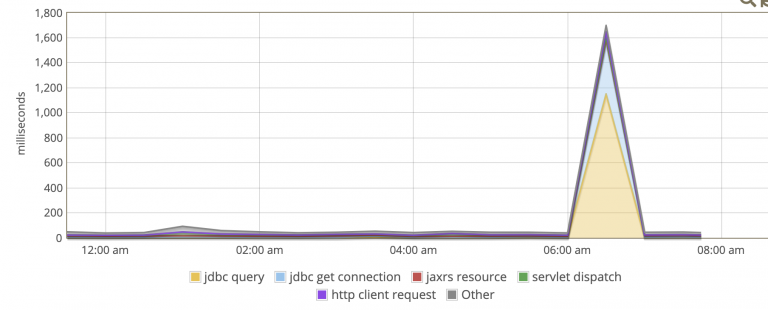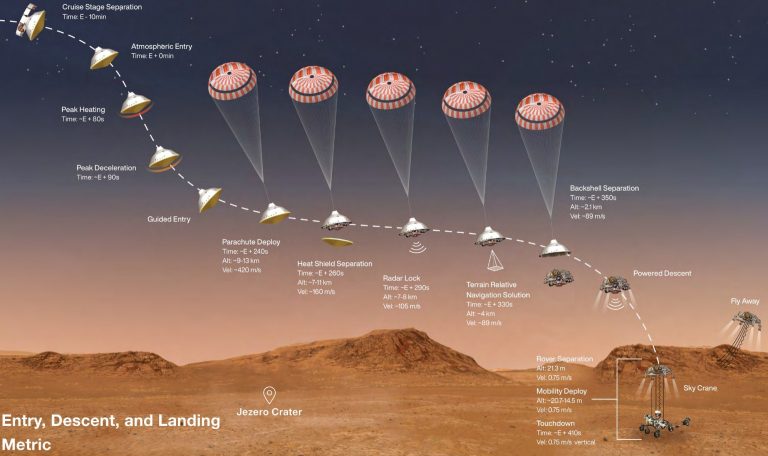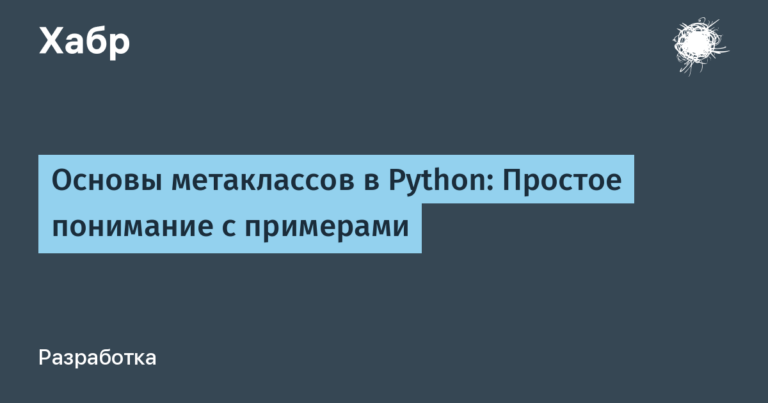Quasar – the Swiss knife for Vue

Some time ago (about two and a half years), a dude named Razvan Stoenescu put together a team of Vue developers and began to saw his framework with them. I didn’t hold the candle, but I am firmly convinced that the original document contained something like “We want our own framework so that it contains everything at all. Including blackjack and courtesans. ” It is rather strange that many materials over the past year mention Quasar, but only one article about him came out and was timed to coincide with the 1.0 release, and even turned out to be a translation. Recently I finally tried out this wonderful framework and will gladly share my impressions of it.
Perhaps you will share my point of view on that document. Judge for yourself: in its current state (v1.14.3) Quasar allows you to build SPA-, SSR-, PWA-, Electron- and native mobile applications, as well as make browser plugins and use the library of components on Material 2.0. And this whole zoo is built on one a code base, which theoretically allows some functionality to be implemented simultaneously for almost all possible platforms and requests. All this diversity is carefully standardized and documented to make life easier for the developer and to form an irresistible attachment to the project. On github, they have 16k stars, which is half that of Nuxt, but Quasar’s community support is incomparably greater. What is this love built on?
1. It’s still Vue
Vue also has a lot of community support thanks to its convenient structure with cool plugins like vuex, speed, and awesome documentation that solves all possible problems during the learning phase. By data from w3techsVue has already left behind React and Angular in the top-100K, top-1M and overall metrics, and is approaching React in the top 1K and 10K metrics. The trend looks like this:

Quasar does not limit the capabilities of Vue in any way, it does not have imposed patterns and it does not pull tons of dependencies with it, at least at first – by default, modules are installed as needed, but if you wish, you can download everything at once.
In addition, the development team is actively working on a version of Quasar intended for use with the relatively new Vue 3:
The plan
Our main focus at the moment is shipping Quasar v2 with Vue v3.
The plan is to not introduce any breaking changes, unless forced by the vue 3 / vue-router 4 architectures.Affected Quasar packages: “quasar”, “@ quasar / app”.
Rough schedule
First beta: “quasar” v2.0.0-beta.1 & “@ quasar / app” v3.0.0-beta.1 – 2020/10/31
Stable releases: “quasar” v2.0.0 & “@ quasar / app” v3.0.0 – 2020/11/30
The current progress is in line with holding the above schedule.
2. It covers the basic needs of developers
Something is fashionable, something is out of fashion, and something is forever. Nowadays it is fashionable to make PWA and SSR, native applications are not losing popularity either. Flutter is growing, but Quasar offers a webview alternative through the Capacitor or Cordova frameworks. All this is available out of the box and does not require any dancing with a tambourine at all. Moreover, almost always the required module can be connected already during the development process, if you were suddenly asked to assemble a demo for mobile devices or electronic devices. This strong point defines Quasar – cross-platform development here goes without a headache.






